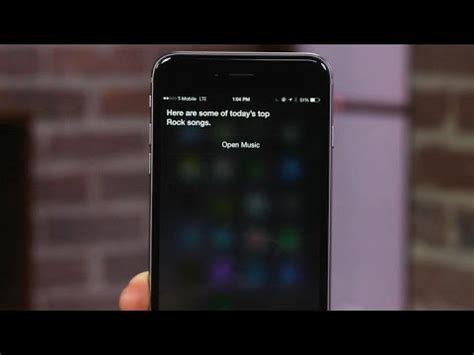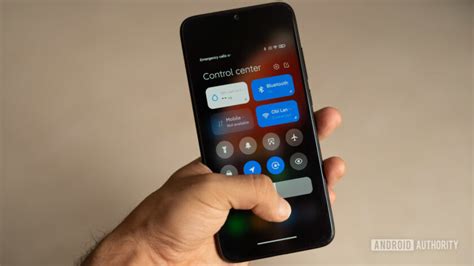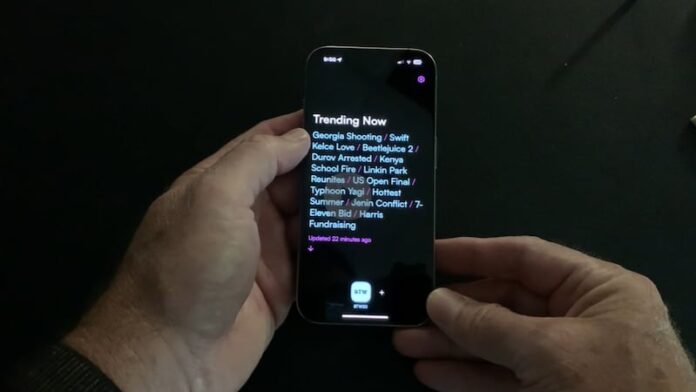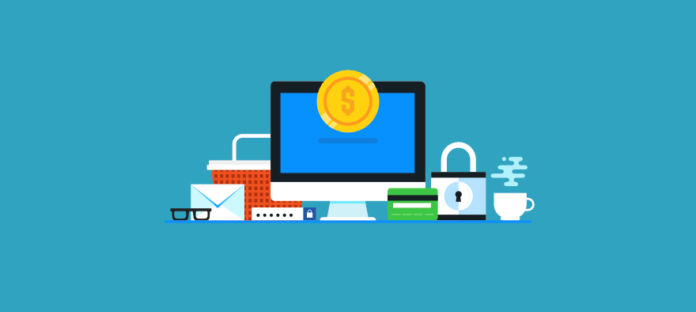OK
xotools.xyz invites you to delve into this topic thoroughly.
1. Introduction
In an era where information and technology evolve at breakneck speed, the field of education is experiencing groundbreaking transformations that are reshaping how we learn and teach. The integration of cutting-edge technologies and innovative teaching methods is revolutionizing classrooms, making education more engaging and effective than ever before. From the incorporation of artificial intelligence and virtual reality to the rise of personalized learning experiences, these advancements are not only enhancing educational outcomes but also making learning more accessible and tailored to individual needs. As educational institutions and EdTech startups push the boundaries of what’s possible, staying updated with the latest innovations is crucial for educators, students, and parents alike. This article explores the most recent developments in education technology and teaching methodologies, providing a comprehensive overview of how these innovations are setting new standards and paving the way for future educational practices.

2. Technological Advancements in Classrooms
Technological advancements are transforming classrooms into dynamic, interactive learning environments that foster student engagement and improve educational outcomes. The introduction of smartboards, tablets, and interactive projectors has replaced traditional chalkboards, allowing for more visually stimulating and collaborative teaching experiences. Artificial intelligence (AI) is being integrated to offer real-time data on student performance, enabling educators to tailor lessons to the needs of individual learners. Additionally, virtual and augmented reality (VR and AR) are being used to bring abstract concepts to life, allowing students to explore historical events, scientific phenomena, and distant cultures in an immersive way.
Moreover, learning management systems (LMS) are streamlining administrative tasks while providing students with immediate access to a wealth of resources and assignments, all available online. These systems not only facilitate remote learning but also promote blended learning models, combining in-class and online experiences. The use of data analytics is another key development, offering insights into student progress and helping to identify areas for improvement. With these technological advancements, classrooms are becoming more flexible, personalized, and efficient, ensuring that students are better prepared for the demands of the 21st century.

3. Personalized Learning
Personalized learning has emerged as one of the most impactful innovations in modern education, allowing students to receive tailored instruction based on their unique needs, learning styles, and abilities. Unlike the traditional one-size-fits-all approach, personalized learning harnesses technology to adapt educational content and pacing for each individual, ensuring that students can progress at their own speed while mastering concepts effectively.
At the heart of personalized learning is data-driven instruction. Through the use of sophisticated learning management systems and artificial intelligence, educators can track student performance in real time, identify areas where learners may struggle, and provide targeted interventions. This ensures that no student is left behind, as struggling students receive additional support while advanced learners are challenged with more complex material.
Moreover, personalized learning tools offer students greater autonomy over their education. They can choose the topics they want to explore further, set their own learning goals, and access resources tailored to their interests. This self-directed learning fosters deeper engagement and motivation, as students feel more in control of their academic journey. Whether through adaptive learning platforms, gamified education tools, or individualized lesson plans, personalized learning is revolutionizing how students engage with and absorb information.

4. Remote and Hybrid Learning Models
Remote and hybrid learning models have become pivotal in modern education, offering flexibility and accessibility that traditional classrooms often cannot provide. Remote learning allows students to access lessons, complete assignments, and participate in discussions from any location, making education more accessible to those with geographical or scheduling constraints. This model relies heavily on digital tools, such as video conferencing platforms, online learning management systems, and virtual collaboration tools.
Hybrid learning, a combination of in-person and online education, offers the best of both worlds. It provides the structure of classroom learning while offering the flexibility of remote access. Students can attend certain lessons on-site while completing other coursework online at their own pace. This model allows for greater personalization and caters to diverse learning needs. Both remote and hybrid models have proven to be effective in maintaining educational continuity during disruptions, while also expanding opportunities for lifelong learning and global collaboration.
5. STEM Education Emphasis
STEM education, which focuses on science, technology, engineering, and mathematics, has become a central pillar in preparing students for the future workforce. With rapid advancements in technology and an increasing demand for technical skills, there has been a significant push to incorporate more STEM-focused curricula in schools. This emphasis helps students develop critical thinking, problem-solving abilities, and innovation, which are essential in fields like engineering, computer science, and biotechnology.
In addition to traditional subjects, modern STEM education often integrates hands-on learning experiences, such as coding workshops, robotics clubs, and science labs, allowing students to apply theoretical knowledge in real-world scenarios. By encouraging creativity and experimentation, these activities foster a deeper understanding of core concepts while sparking interest in STEM careers.
Governments, educators, and businesses alike recognize the importance of STEM education in maintaining global competitiveness. As a result, various initiatives and scholarships are being introduced to encourage students from all backgrounds to pursue STEM-related fields, ensuring a diverse and skilled workforce for the future.
6. EdTech Startups and Innovations
EdTech startups are at the forefront of revolutionizing education with innovative solutions that address diverse learning needs and challenges. These companies are developing cutting-edge technologies that enhance the learning experience and make education more accessible. For instance, startups are creating advanced learning platforms that use artificial intelligence to provide personalized feedback and adapt to each student’s learning style. These platforms can offer tailored lesson plans and resources, improving student engagement and outcomes.
Additionally, innovations such as virtual and augmented reality are being integrated into educational tools, offering immersive learning experiences that bring subjects like history and science to life. Gamification techniques are also popular, using game-like elements to make learning more interactive and enjoyable.
Startups are also focusing on creating solutions for remote and hybrid learning environments, such as virtual classrooms and collaborative tools that facilitate communication and teamwork among students and teachers. These innovations are helping to bridge educational gaps and prepare students for a rapidly evolving digital world.
7. Future Trends in Education
The future of education is poised for transformative changes driven by emerging technologies and evolving pedagogical approaches. One significant trend is the expansion of artificial intelligence in education, which promises to further personalize learning by analyzing student data to tailor instruction and provide real-time feedback. AI-powered tools will continue to enhance adaptive learning platforms, making education more responsive to individual needs.
Another trend is the increased use of virtual and augmented reality, which will create more immersive and interactive learning experiences. These technologies will allow students to explore virtual environments, conduct complex experiments, and engage in simulations that would be impossible in a traditional classroom setting.
Moreover, there is a growing emphasis on lifelong learning and skill development to keep pace with the rapid changes in the job market. Educational institutions and platforms will likely offer more flexible and modular learning options, enabling learners to acquire new skills and knowledge throughout their careers.
Lastly, the integration of blockchain technology in education is expected to streamline credentialing and verify achievements securely. As these trends continue to evolve, they will redefine educational experiences and outcomes, making learning more accessible, engaging, and aligned with future needs.
The landscape of education is rapidly evolving, driven by technological advancements and innovative teaching methods. From personalized learning and remote models to STEM emphasis and EdTech startups, these changes are reshaping how we learn and teach. Staying informed about these developments ensures that educators, students, and parents can adapt and thrive in this dynamic educational environment.
xotools.xyz









